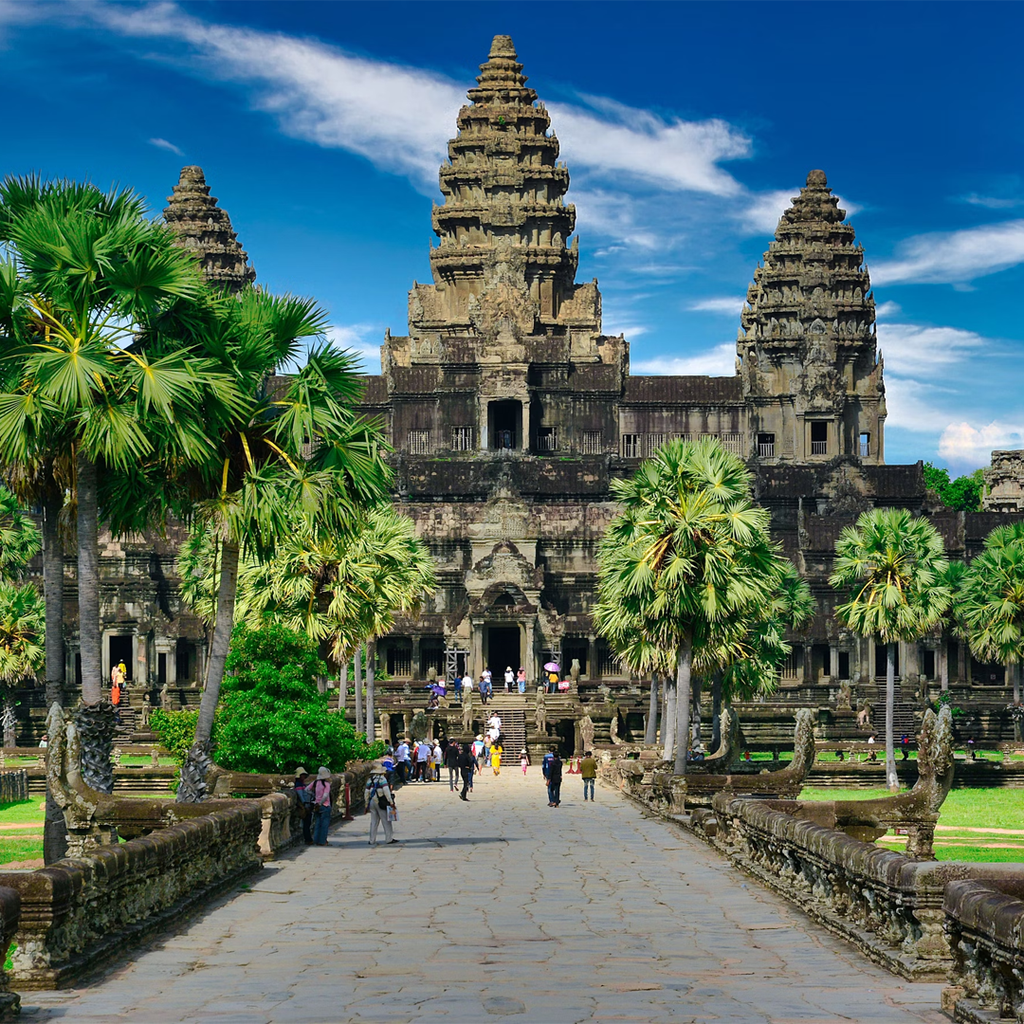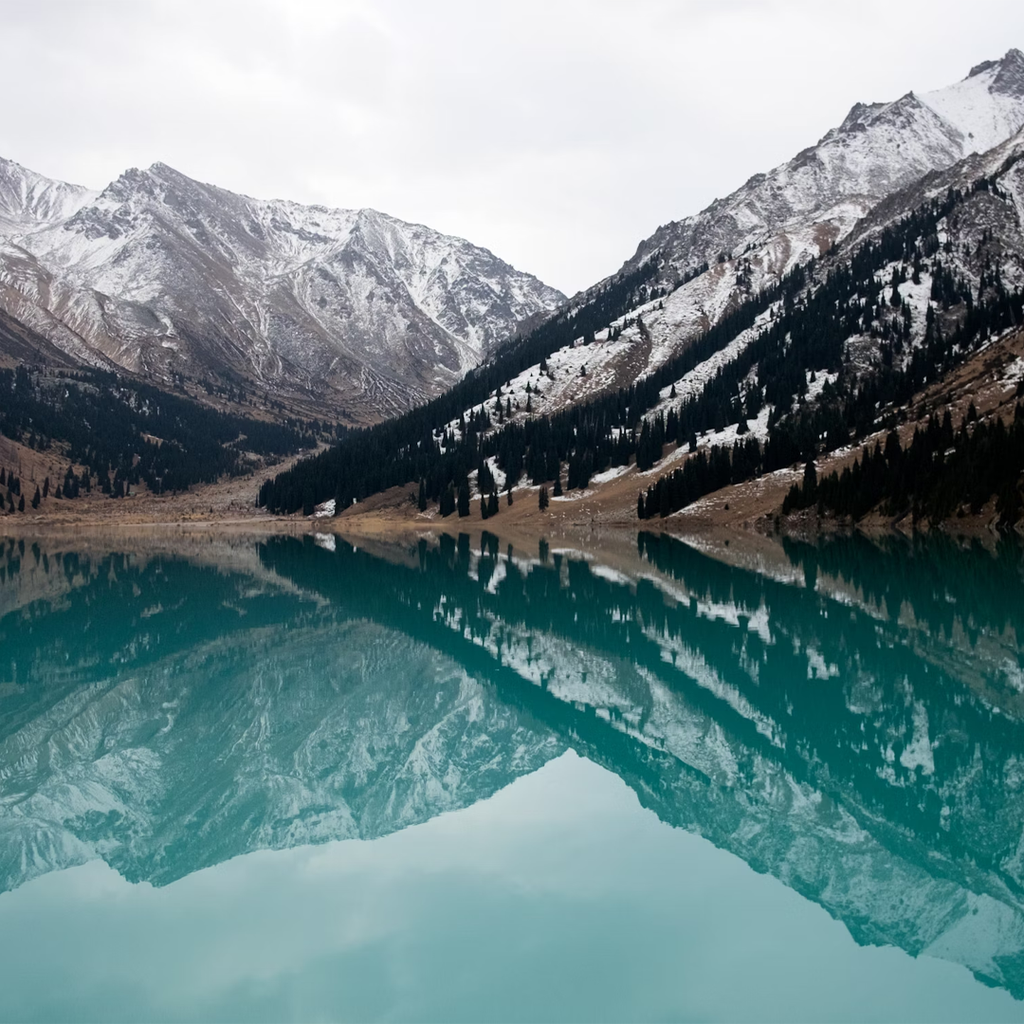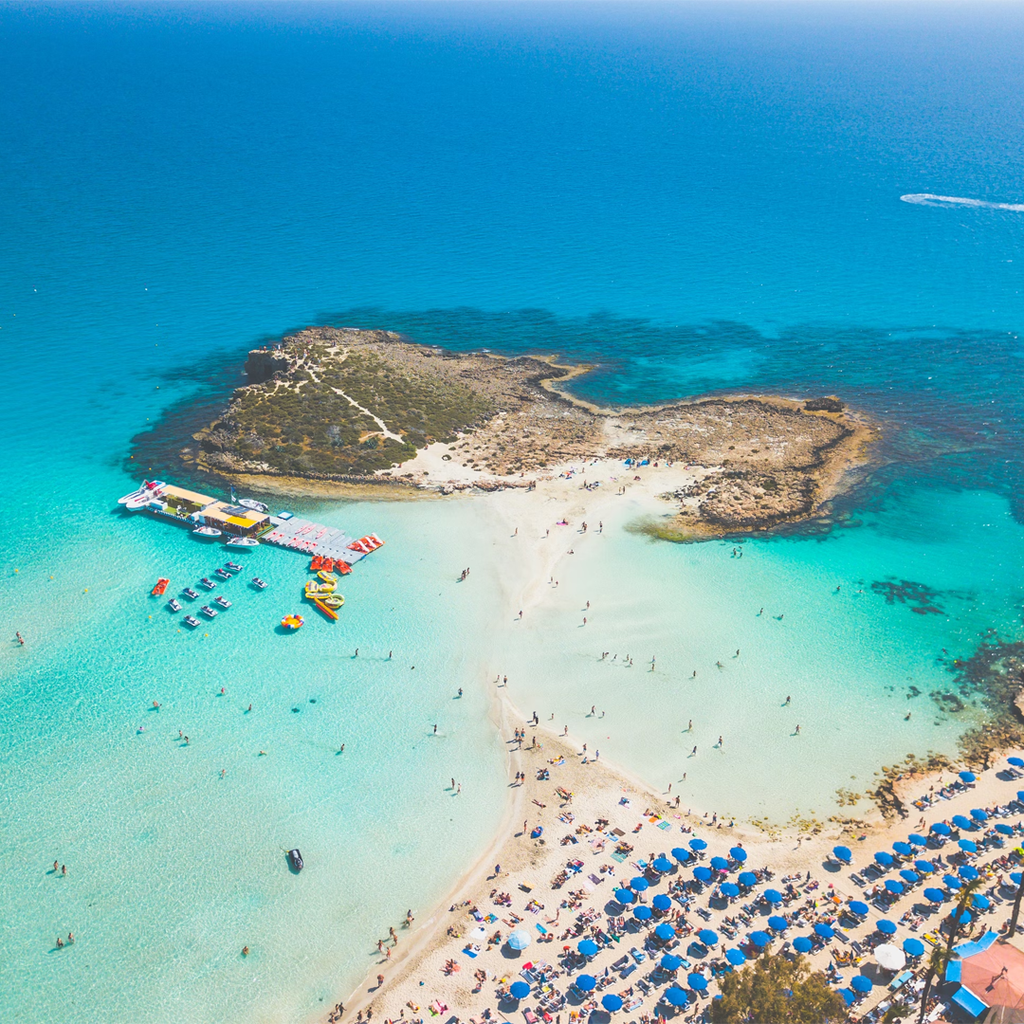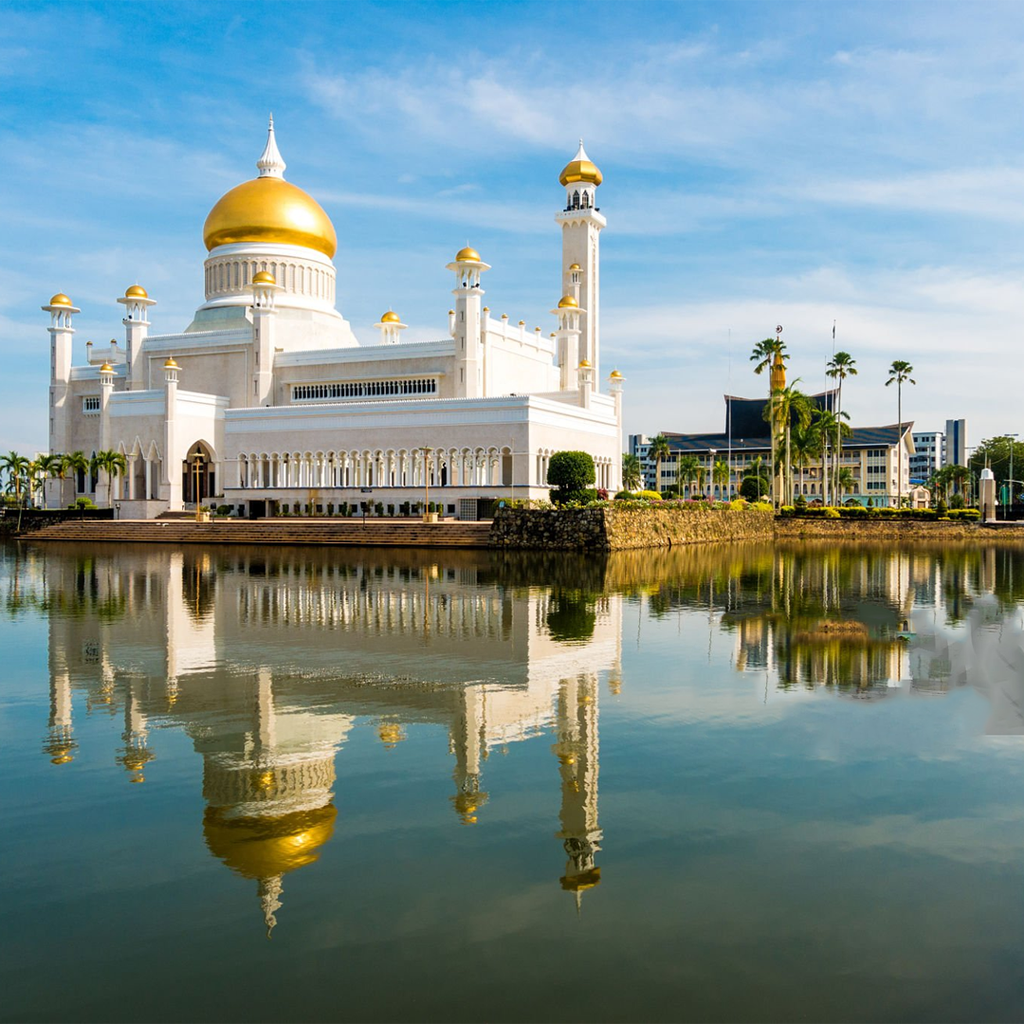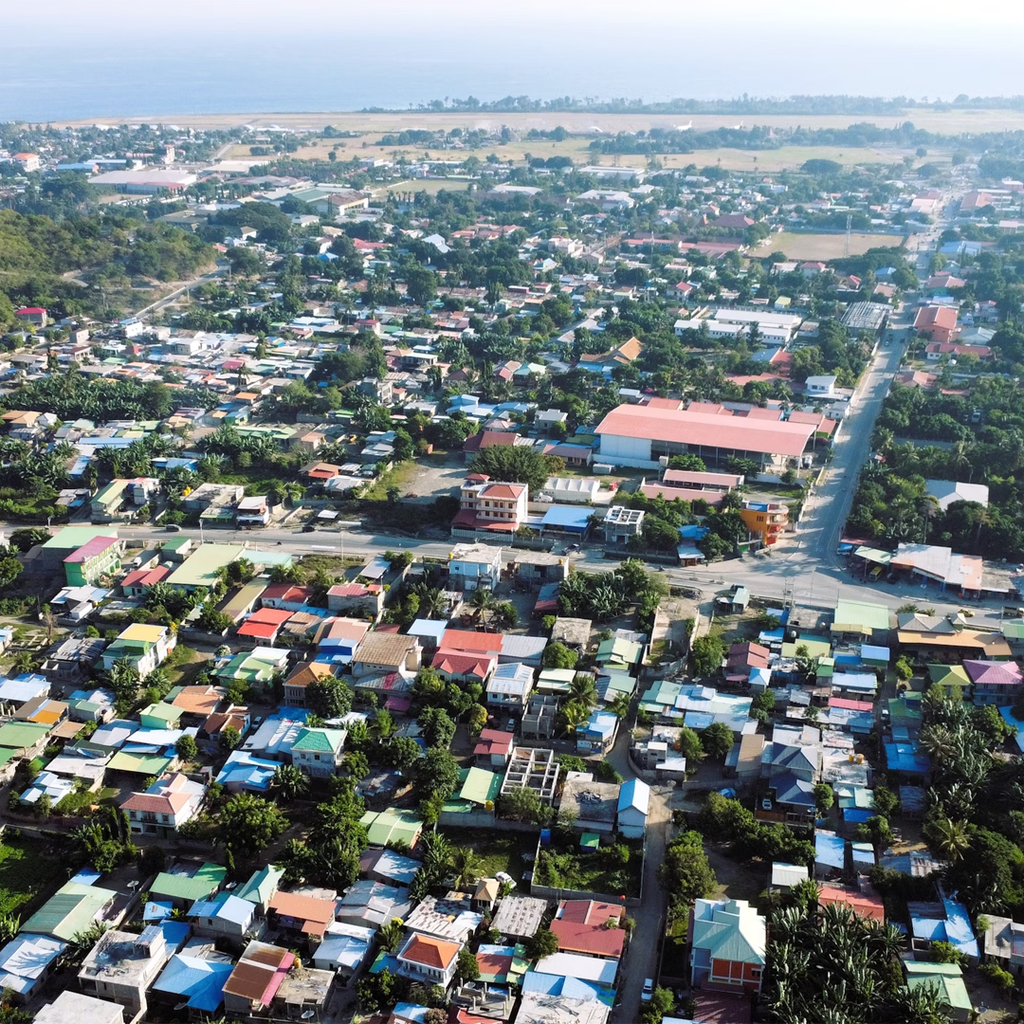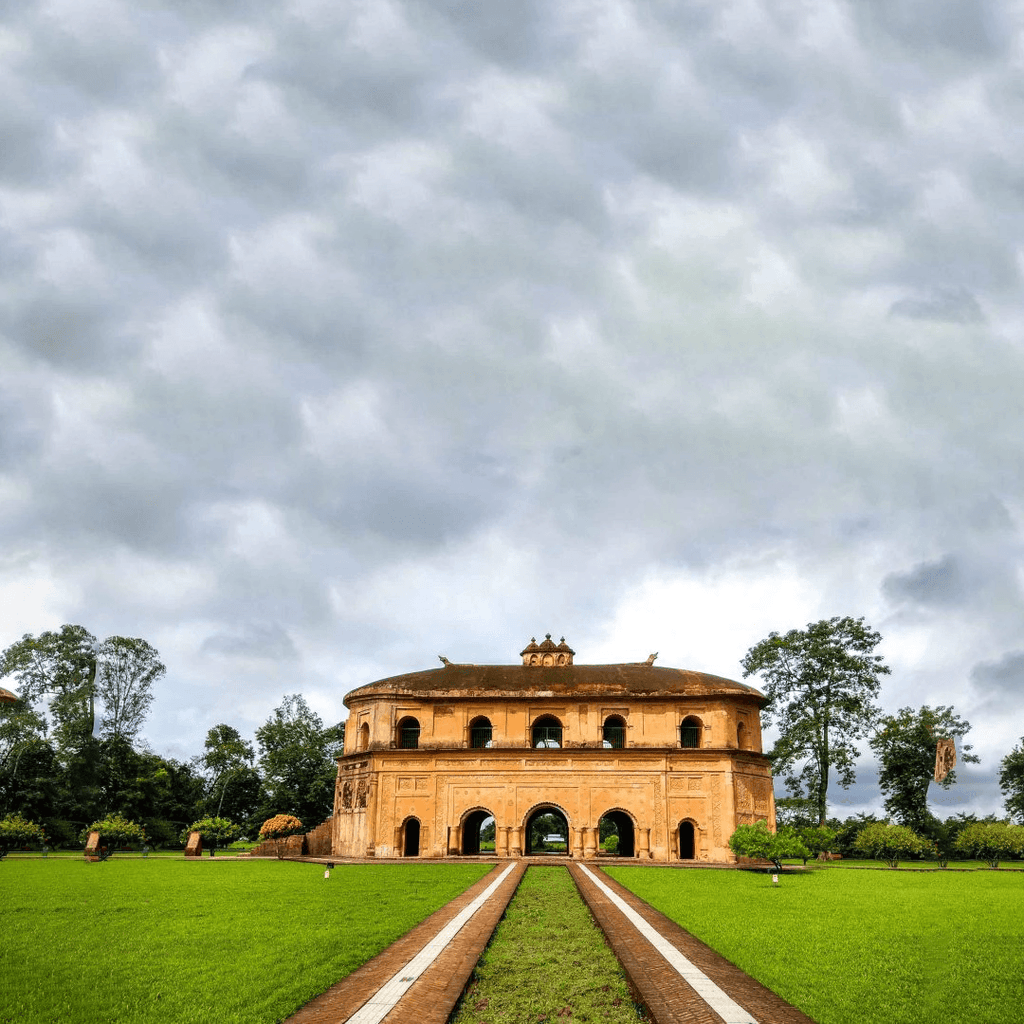
Assam: The Temples of Majuli

Majuli, located in the Brahmaputra River, is a unique cultural and spiritual destination that has been at the heart of Assamese history for centuries. As the world’s largest river island, Majuli is a cultural hub, rich in ancient traditions, art, and architecture. The island has been a center for the Vaishnavism movement, particularly the Satras, which are monasteries and cultural institutions dedicated to Lord Vishnu. The Satras of Majuli are central to Assam's spiritual life. These institutions, which date back to the 16th century, were established by Srimanta Sankardeva, the founder of the Neo-Vaishnavism movement. The Satras are not just religious centers; they are also institutions of learning, art, and culture. The monks who reside in the Satras preserve and perform traditional Assamese art forms, including dance, drama, and music.
The Ankiya Nat (a form of traditional Assamese drama) and Borgeet (devotional songs) are performed regularly, keeping alive the cultural legacy of the region. These artistic performances, combined with the spiritual practices of the monks, make Majuli a living museum of Assamese culture. Apart from the Satras, Majuli is home to several ancient temples, many of which date back to the 12th and 13th centuries. The Kamakhya Temple on the island is an important religious site, dedicated to the goddess Kamakhya, symbolizing fertility and motherhood. The temple's history is deeply connected with the Tantric traditions of Assam, and it attracts devotees from all over India. The Dakhinpat Satra and the Garmur Satra are other notable religious sites on the island, with their beautifully constructed temples and serene surroundings offering a sense of peace and spirituality. Majuli is also renowned for its vibrant festivals. Raas Leela, a traditional dance drama based on the life of Lord Krishna, is performed with great fervor during the festival of Bhogali Bihu.
The festival brings together the people of Majuli in a grand celebration of faith, culture, and community. During Baisagu, the Assamese New Year, the island comes alive with music, dance, and feasts, creating a joyous atmosphere that attracts visitors from around the world. The island is also an important site for nature lovers. The Majuli River Island Sanctuary, located on the island, is home to a diverse range of flora and fauna. The sanctuary is a haven for birdwatchers, especially during the migratory season when various species of birds, including the endangered Gangetic Dolphin, can be spotted. The island's lush greenery and scenic beauty, combined with its rich cultural heritage, make it an ideal destination for those seeking a blend of history, spirituality, and nature.



